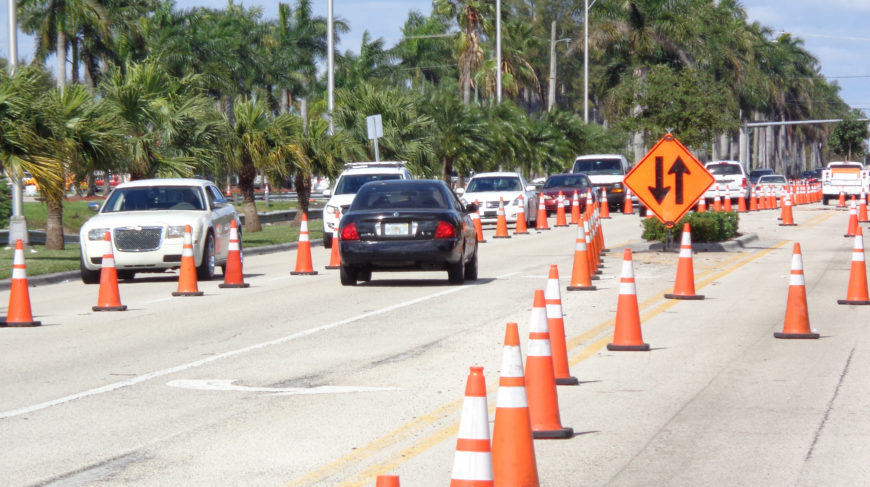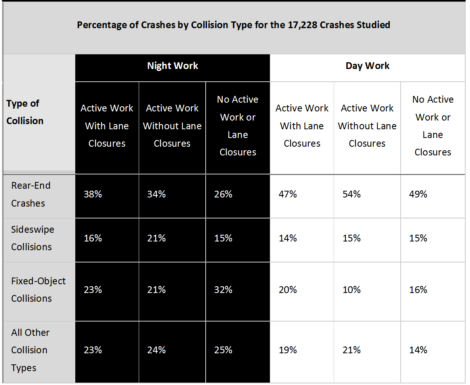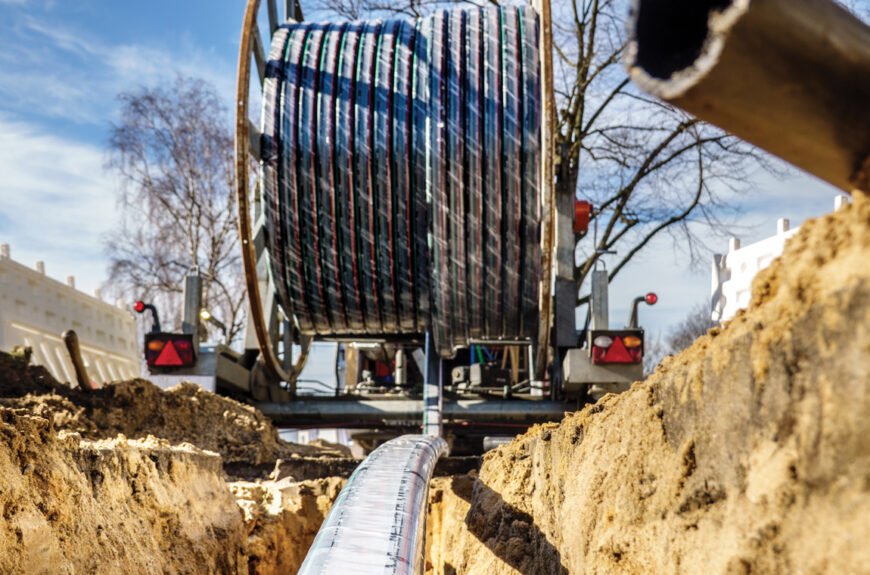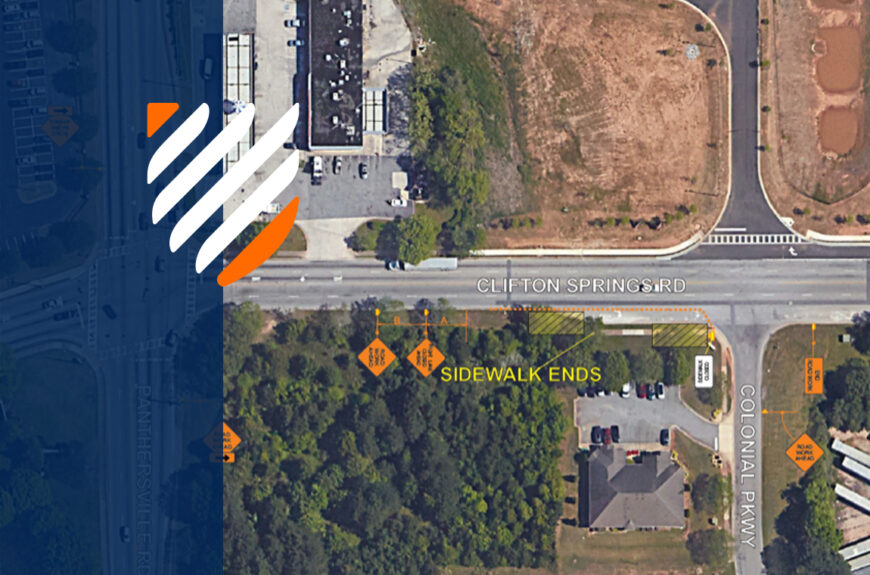
Respecting the Zone
At AWP, we pride ourselves on our ability to protect. Every day, our Traffic Control Specialists work hard to protect people, business and time. While we dedicate numerous hours of specialized training to all of our employees and set up each work zone to not only be compliant, but to go above Local and State requirements, a large part of work zone traffic safety still depends on the motoring public. It is up to the public to respect our zones for the safety of all those in, around, and traveling through the zone.
Road work can be hazardous and risk the lives of both motorists and workers. Drivers are required to navigate through complex work zones with an array of signs, barrels, and lane changes. If the motorist is not paying attention, it can lead to a very dangerous outcome.
According to data collected between 1982 and 2014, the Federal Highway Administration claims that an average of 750 people per year have lost their lives in work zone accidents across the country. Many studies show speed as the number one factor in these accidents. In 2002, an alarming 1,186 people were killed in construction and maintenance zones, however that number has since dropped to an average of 591 deaths from 2008-2014. The drop in fatalities is due to increased standards in work zone traffic design as well as public education on those traveling through work zones.
The graph below illustrates the proportions of crashes in work zones from 2006 to 2013. (GES, 2006-2013)

According to this same study, the time of day proves to be a contributing factor in the likelihood of an accident occurring in the work zone. Daylight hours are the most dangerous time to travel through a work zone due to many factors, such as number of drivers on the road and speed trends. Urban interstates are the only type of roadway that report higher accident rates once the day is dark.
The Bureau of Labor Statistics states that the most common type of accident to occur in or around a work zone is a rear end collision, regardless of time of day or type of work zone.

According to the U.S Department of Transportation, the driver of the vehicle that enters a work zone in a crash is more likely to be killed than anyone else at the scene. The most common type of driver involved in these accidents are working aged adults. So how can motorists do a better job of respecting the work zone? The answer is this: always mind the 3 S’s – speed, space and stress. These three factors will help motorists protect all those near the work zone.
SPEED – It is important to slow down when approaching all work zones and to follow all posted speed limits. Many times, drivers assume if they do not see the workers that they do not have to reduce their speeds, however, in many cases, the workers can be underground or hidden by machinery. It is always important to obey the posted signage.
SPACE – is a big factor in work zone traffic safety. Motorists must leave adequate braking room between themselves and the vehicles ahead them. A general rule is to count at least two seconds from when the car in front passes an object and when the driver’s own car passes that same object. Another traffic safety rule is to never pass the median, or pass on the shoulder. This can cause a very dangerous situation and comes with serious fines. When the vehicle does come to a stop, it is important to make sure there is an out. The goal is for the driver to always be able to clearly see the tires of the car just ahead. This will allow an escape route, should the driver be rear ended.
STRESS – Many can find road work to be an inconvenience to their day, but it is so important to keep calm and not to rush. It is equally important to avoid any additional distractions such as cell phones and radios.
In conclusion, there is no doubt that road work can be a serious risk if motorist do not respect the work zone. At AWP, we can promise to guide motorists through these construction spots in a safe and efficient manner to protect those outside, and inside, the work zone. Motorists must remember that speed, space, and stress are all important factors in driving safely. Remember to always avoid distractions while driving and to pay attention to the traffic control signage when approaching a work zone. At AWP we are committed to safety and we are asking everyone to join the AWP movement by helping protect yourself, and others, by respecting the zone.
Respect and Protect the zone.
Works Cited
“HIGHWAY WORK ZONE SAFETY.” Centers for Disease Control and Prevention. Centers for Disease Control and Prevention, 13 Sept. 2016. Web. 01 Nov. 2016.
“Facts and Statistics – Work Zone Safety.” Work Zone Safety. N.p., 26 July 2016. Web. 01 Nov. 2016.
“Work Zone Safety for Drivers – Safety | Federal Highway Administration.” Work Zone Safety for Drivers – Safety | Federal Highway Administration. N.p., 14 Dec. 2014. Web. 01 Nov. 2016.



